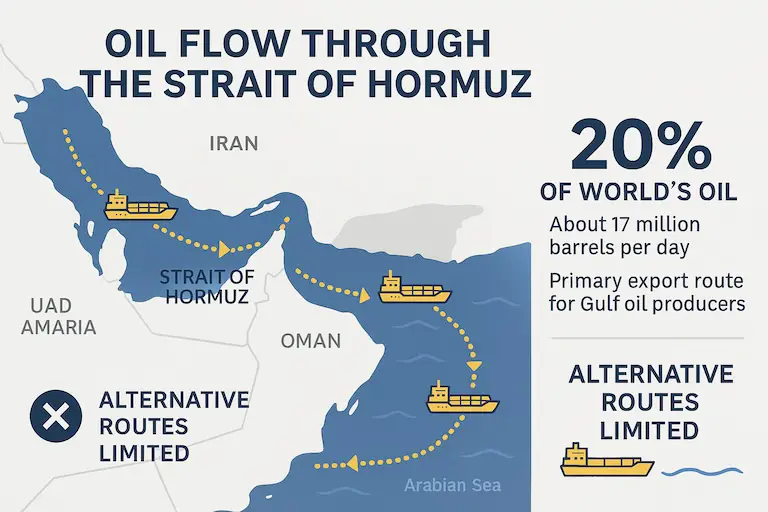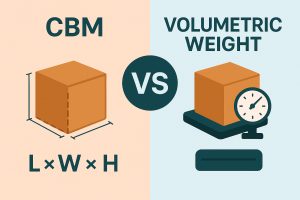The Strait of Hormuz: A Historic Gateway for Global Trade
The Strait of Hormuz is a narrow yet vital waterway that connects the Persian Gulf to the wider Indian Ocean. For centuries, it has been a preferred maritime route for the transport of spices, pearls, textiles—and more recently, oil and gas. This article highlights the strait’s unique legacy and its ongoing importance in global trade.
A Maritime Crossroads Through the Ages
Geographically, the Strait of Hormuz spans roughly 33 km (21 miles) at its narrowest point, situated between Iran to the north and Oman/UAE to the south. This narrow sea channel has been used by traders from Arabia, Persia, India, and East Africa for over a millennium, serving as a nexus for ancient seaborne commerce.
- Ancient era: Spice and textile caravans regularly navigated through, connecting distant civilizations.
- 16th–19th centuries: European merchant ships passed through the strait en route to colonial ports in India and East Africa.
- 20th century onward: The discovery and demand for Gulf oil dramatically elevated its global importance.
Modern Trade and Energy Transit
Today, the Strait of Hormuz facilitates the movement of:
- Crude oil and petroleum products: Over one-fifth of global oil exports pass through this route from Gulf producers like Saudi Arabia, Kuwait, UAE, Iraq, and Iran.
- Liquefied natural gas (LNG): Qatar and other Gulf states rely on the strait to ship LNG worldwide.
- Container and bulk cargo: Goods traveling between Asia, Europe, Africa, and beyond frequently navigate this passage, supported by nearby ports like Jebel Ali and Ras Laffan.
The strait features two organized shipping lanes, each around 3 km wide, enhancing navigational efficiency and safety. Its short transit time to major Gulf ports—like Abu Dhabi, Dubai, and Doha—makes it critical for fast turnaround and fuel-export logistics.
Why It Matters in Maritime Logistics
- Efficient routing: Its location shortens voyage times, saving days on shipments between Gulf exporters and international markets.
- Reduced voyage costs: Shorter routes mean lower fuel use, crew costs, and CBM-based freight charges.
- Cargo planning benefits: Consistent transit through the strait simplifies CBM calculations and container loading strategies—especially when shipping via tools like the CBM Calculator and Cargo Load Planner.
Fast Facts
- Width at narrowest point: ~33 km (21 miles).
- Two dedicated one-way lanes — each just ~3 km wide.
- Handles over 20% of the world’s seaborne oil.
- Visiting ports: Jebel Ali (UAE), Bandar Abbas (Iran), Ras Laffan (Qatar), Muscat (Oman).
Conclusion
While geography hasn’t changed, the Strait of Hormuz’s significance has only grown. From ancient maritime trade to today’s crude oil and LNG transit, this passage remains indispensable to global commerce. Logistics professionals and supply chain planners must understand its role to optimize routing, cost, and CBM efficiency.
At CBMCalculator.com, we’re dedicated to helping you leverage smart tools for smarter logistics—no matter where your routes take you.

